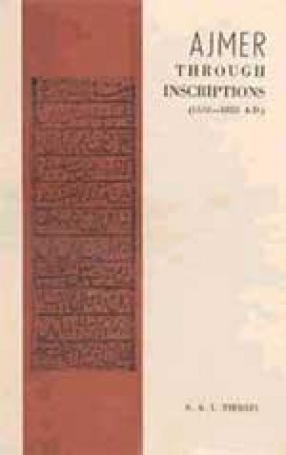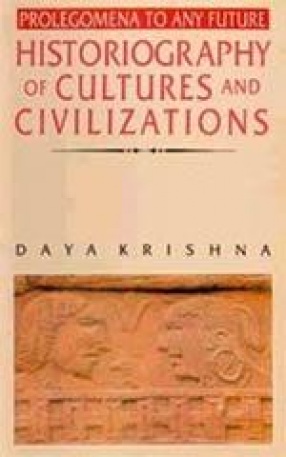This book investigates the usefulness of epigraphical evidence for reconstructing the history of Ajmer under the Mughals, the Marathas and the British. The epigraphs studied in this book are spread over a period of more than three centuries and reflect the stormy past of this point d’appui of Rajputana. The author has brought to bear on the work his scientific approach and has laid right stress on the strategic and commercial factors which went a long way in moulding the history of Ajmer. He looks upon the struggle between the Mughal Emperors and the Ranas of Mewar as an unequal contest motivated by imperialist ideas. When Jahangir was at Ajmer, Prince Khurram led an expedition into the land of the Sisodias, but once Rana Amar Singh accepted the Mughal suzerainty, Jahangir displayed his sincere admiration of the courage and valour of the fallen foe by ordering two life-size equestrian statutes of Rana Amar Singh and his son Prince Karan made and placed in the garden below the jharokha or audience-window at Agra-the then Mughal metropolis.
Ajmer Through the Inscriptions 1532-1852 AD
In stock
Free & Quick Delivery Worldwide
reviews
Bibliographic information
Title
Ajmer Through the Inscriptions 1532-1852 AD
Author
Edition
1st ed.
Publisher
Length
90p.
Subjects






There are no reviews yet.